The wine industry is seen by many in a somewhat glamorous light. The art and craft of winemaking, the beauty of the areas wineries are often located, and the “good life” image that goes along with wine are what would come to mind for many when discussing wine. Now while much of this is an accurate image there is a lot of key behind the scenes activity that goes on to allow wineries to function properly.
Just one of those key areas lies around their recordkeeping systems. This is where the “rubber meets the road” so to speak after the initial licensing steps involved to get a winery established. Upon moving into the day to day activities that take place at a winery a whole new set of recordkeeping activities must take place to keep them running smoothly and certainly to keep them out of trouble.
The wine industry is regulated by all governmental levels; local, state and federal. This is 3 sets of regulations that they must keep in compliance with if they want to continue to keep their doors open and their product on the shelves. The records required to keep up with all these requirements are far from static ones. An effective wine records system is a dynamic one. It is also a true wealth of data for everyone from the owner to the CFO, to the winemaker, to the tasting room. Essentially all of the data that each of these departments at a winery is discussing and using regularly comes from their recordkeeping system. And their recordkeeping system is what also maintains all of their compliance data should someone from any of the three governmental agencies come calling.
In order to ensure that their records systems are effective wineries can take a look at some of the data they are most often referencing and see how quickly and easily that data is to access in their records. They can also do self assessments compared to some of the government requirements by performing their own mini self-audits. These are simple to set up and carry out, they generally involve items such as being able to verify physical inventory numbers vs. what their records state, running a trace back on one or two of their bottled wines through all of it’s physical records, or annually reviewing their production numbers against their bond and permit coverages.
Both of these activities, the regular active use of wine records data and random simple self checks are extremely beneficial to wineries as businesses. They can regularly assess how effective their compliance and recordkeeping systems are working and also know that they’ve got the records to answer any questions that might come at them from any regulating agency. They can be confident in turning their focus back to their presence on the market.
Recent Posts
If you aren’t in the winery compliance world, don’t write about it!
Nails on a chalkboard. Folks, there is already a lot of incomplete or flat-out wrong information shared about winery compliance. Let’s not add to it! Stay in your lane. If you’re not actually in the winery compliance world, please spare all of us who are, and do not...
Eight takeaways from the CalRecycle training webinar on CA CRV requirements.
I joined in with the group of around 500 other folks who showed up live to CalRecycle's informational webinar on what the CA CRV reporting will mean for wineries. A fun way to kill a couple of afternoon hours on a Friday afternoon! But seriously it was very...
